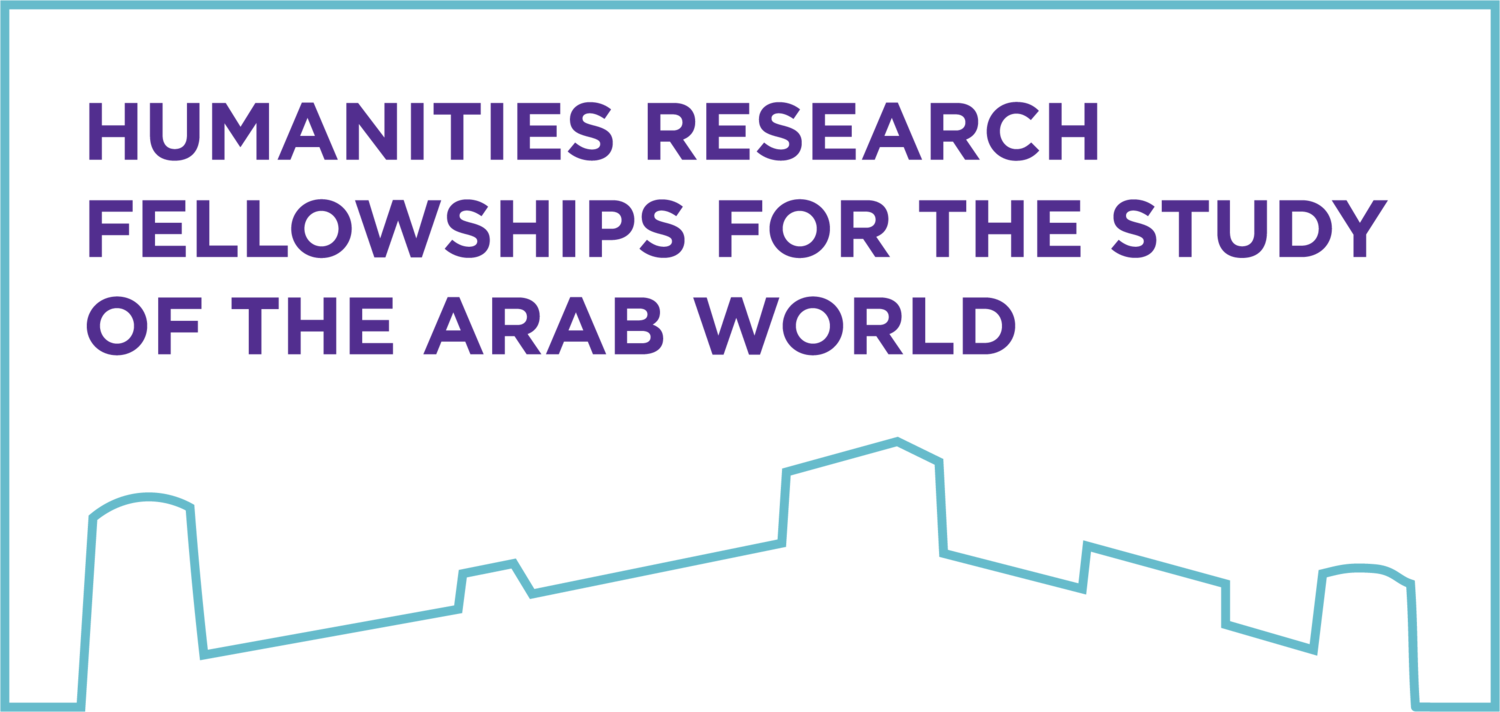Abū Ḥāmid al-Gharnāṭī (473-565 H/1080-1169 or 70 CE) was a widely-traveled Andalusi scholar best known today for two extant ʿajāʾib texts. The longer of the two, Tuḥfat al-albāb wa-nukhbat al-aʿjāb, is a compact survey of the wonders of the world, drawing heavily on his own travels, as well as on earlier written sources. Like Ibn Faḍlān before him, al-Gharnāṭī traveled to central Russia, and lived for three years among the Bashghird people in what is now Hungary. Tuḥfat al-albāb had an outsize impact, serving as a source for later cosmographers such as al-Qazwīnī and al-Ibshīhī. The book is divided into four chapters: a description of the world, its human inhabitants, and the jinn; marvels within different lands and unusual buildings; marvels of the seas; and a chapter on notable graves and those buried within them. Among other things, al-Gharnāṭī offers detailed descriptions of the Lighthouse of Alexandria, Mt. Etna, unusual fish, zebras, caviar from the beluga sturgeon, and the tombs of holy men and semi-legendary rulers. The text is also replete with al-Gharnāṭī’s own eyewitness anecdotes. This talk will address some of the challenges involved in producing a reliable Arabic edition and a modern, lucid English translation of this fascinating 6th/12th-century text.
Chip Rossetti (Ph.D., University of Pennsylvania) is the Editorial Director of the Library of Arabic Literature. He has translated a number of Arabic literary texts, including Beirut, Beirut by Sonallah Ibrahim and No Windmills in Basra by Diaa Jubaili.
In Person (NYUAD Campus) and on Zoom
The seminar is open to the NYUAD community and by invitation. Registration has closed.

